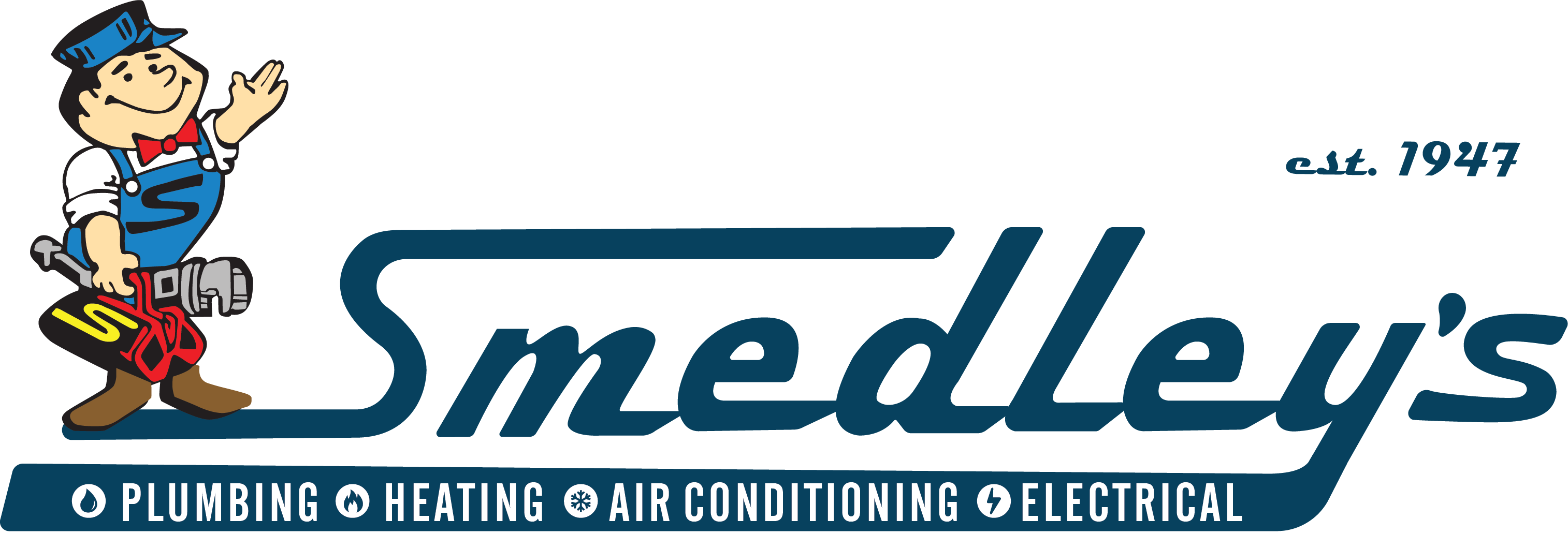The upcoming spring offers a needed respite from bone-chilling winter weather. While you’re ready to welcome warmer temperatures with open arms, the same can’t be said of your air conditioner.
After spending the previous months in dormancy, your air conditioner will need plenty of work done before it’s ready to keep your home cool and comfortable. Here are six ways you can prepare your air conditioner for spring.
Swap Out and Upgrade Your Air Filter
Even when your air conditioner’s not running, its air filter can still trap dust, allergens, and a host of other unwanted airborne particles. Operating your air conditioner with a clogged air filter can actually spread allergens and bacteria throughout your home. Before you start your air conditioner for the first time in months, switch out your old air filter for a fresh replacement.
This is also a good time to upgrade your air filter if you haven’t done so already. Most air conditioners use fiberglass air filters that offer only basic filtration performance. Upgrading to a pleated air filter with a MERV rating of at least seven can help improve your home’s indoor air quality while enhancing your air conditioner’s performance.
Check the Outdoor Condenser Cabinet
After months of disuse, the outdoor condenser cabinet may be full of dead leaves and other common yard debris. Cleaning the condenser cabinet ensures that your air conditioner runs efficiently without issue. Here’s what you can do to get started:
- Turn off the air conditioner’s main power source. Most units have a shutoff box located near the cabinet.
- Remove excess vegetation from the base of the cabinet. Trim away or uproot any shrubs, tall grasses, or other plant life that grow within two feet of the condenser cabinet.
- Inspect the condenser fan. Look for any signs of damage and remove any dirt or debris found on the fan blades.
- Remove debris from the cabinet interior. Manually remove as much debris as possible or use a wet-dry shop vacuum to clean the interior.
- Clean the condenser coil. Use a garden hose to rinse off any dirt and debris on the condenser coil.
Before restoring power to your air conditioner, allow the condenser coil and the rest of the cabinet to completely dry out.
Inspect the Indoor Air Handler
The next step is to take a close look at your indoor air handler — the portion of your air conditioner that helps circulate conditioned air throughout your home. Vacuum the area immediately around the air handler to remove accumulated dust and debris.
Check the evaporator coil for any signs of corrosion or damage. Be prepared to clean the coil if you spot any mold or mildew growth. You can do this yourself using mild detergent, a soft bristle brush, and warm water, or you can have an HVAC technician take care of it for you. A professional cleaning may be needed for air conditioners with hard-to-reach evaporator coils.
Check the blower fan housing and make sure the fan blades are intact and undamaged. Have a trained professional carefully inspect the blower fan motor for signs of wear and tear.
Check the Condensate Drainage
Take a close look at the condensate drip tray. Replace the tray if it appears brittle, cracked, or has holes due to rust. A damaged condensate drip tray can allow water to leak from your air conditioner. Remove any standing water from the tray and give it a thorough cleaning to remove any algae buildup.
Inspect the plumbing that makes up the condensation drainage line. Make sure the pipes are fitted together properly and that the PVC or ABS plastic pipes aren’t brittle or cracked.
Check the condensate drain for clogs. Use the suction from your wet-dry vacuum or a small plumber’s snake to dislodge any clogs you run across. After clearing the clog, disinfect the condensate drainage line by pouring a cup of bleach or white vinegar directly into the drain.
Inspect the Ductwork
Damaged or poorly installed ductwork can prevent conditioned air from going where it’s needed. Inspect the accessible portions of your home’s duct system. Look for ducts that are damaged or completely disconnected. In most cases, you can use duct joining mastic tape to reseal the ducts. If the ducts are filled with dust and debris, consider having them professionally cleaned.
Don’t forget to vacuum the supply vents throughout your home, as well as the air intake vents. Dust and debris can accumulate around these vents over time.
Invest in a Better Thermostat
Upgrading to a programmable thermostat can improve your home’s overall comfort as well as your air conditioner’s energy efficiency. With a programmable thermostat, you can easily choose how and when your air conditioner should run based on your daily routine. A programmable thermostat can help you save up to 10 percent on your heating and cooling costs each year.
These six steps can go a long way toward preparing your air conditioner for warmer weather ahead. For more tips and advice, contact the professionals at Smedley Service today.




